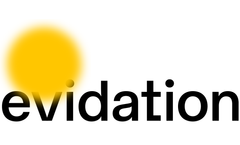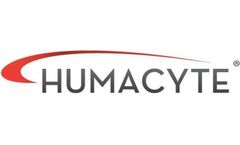Hormonal Therapy Articles & Analysis: Older
9 articles found
Hormones like estrogen and progesterone play a significant part in breast cancer development. Women with higher levels of these hormones, either naturally or because of hormone therapy, are at an increased risk of developing the disease. ...
Generally speaking, it is the abnormality of hormone regulation, nutritional factors, physical factors, genetic factors, immune function, etc., as well as some drug factors.Treatment of OsteoporosisSo far there is no effective treatment to rebuild the already loose bone. ...
Whether you try simple lifestyle changes or medication, or look into a more advanced treatment like hormone therapy, it’s likely there’s a solution to fit the need. ...
Yet somehow in my head, I convince myself that every ounce of progress I’ve made in the past 6 years of hormone replacement therapy is about to be washed away overnight by missing one shot. ...
Only beneficiaries with specific cancer diagnoses and who are receiving systemic chemotherapy treatment (excluding exclusively hormonal therapies) are eligible for EOM, these include: breast cancer, lung cancer, lymphoma, multiple myeloma, small intestine/colorectal, prostate cancer, and chronic leukemia. ...
However, the Hearst survey found that nearly half of women incorrectly assume that hormonal therapies are the only way to lighten a heavy flow,1 meaning there’s some work to be done with increasing awareness of treatment options. Treatment options for AUB can range from hormonal therapies, like oral contraceptives and IUDs ...
Despite this heterogeneity, most breast cancer patients are treated with extensive chemotherapy or hormone therapy, and the effects of these therapies vary greatly among patients. Therefore, there is an urgent need to develop targeted therapies that match the specific molecular changes of each patient's tumor to improve efficacy, ...
Subsequent to the initiation of hormone therapy and cessation of antiplatelet therapy, the patient developed graft thrombosis. She continued to do well after restoration of patency with lytic therapy. At 22 months, secondary patency has been maintained with continued anticoagulation therapy, and the patient has ...
A total of 133 patients were enrolled from five treatment centers in France; patients with metastatic disease on non-cytotoxic therapy such as tyrosine kinase inhibitors, immunotherapy or antiangiogenic therapy were eligible. ...









